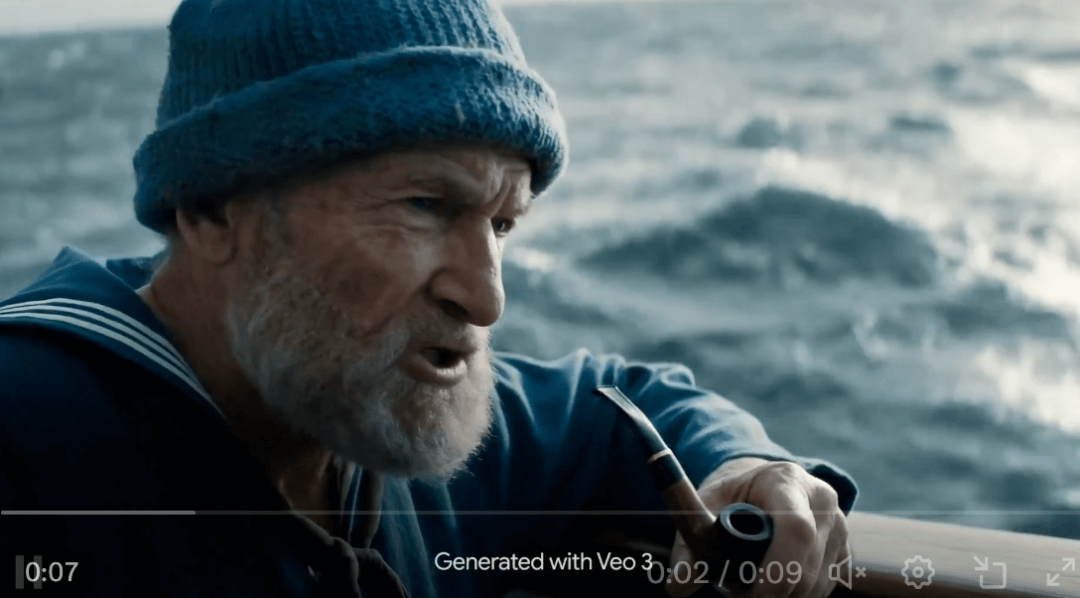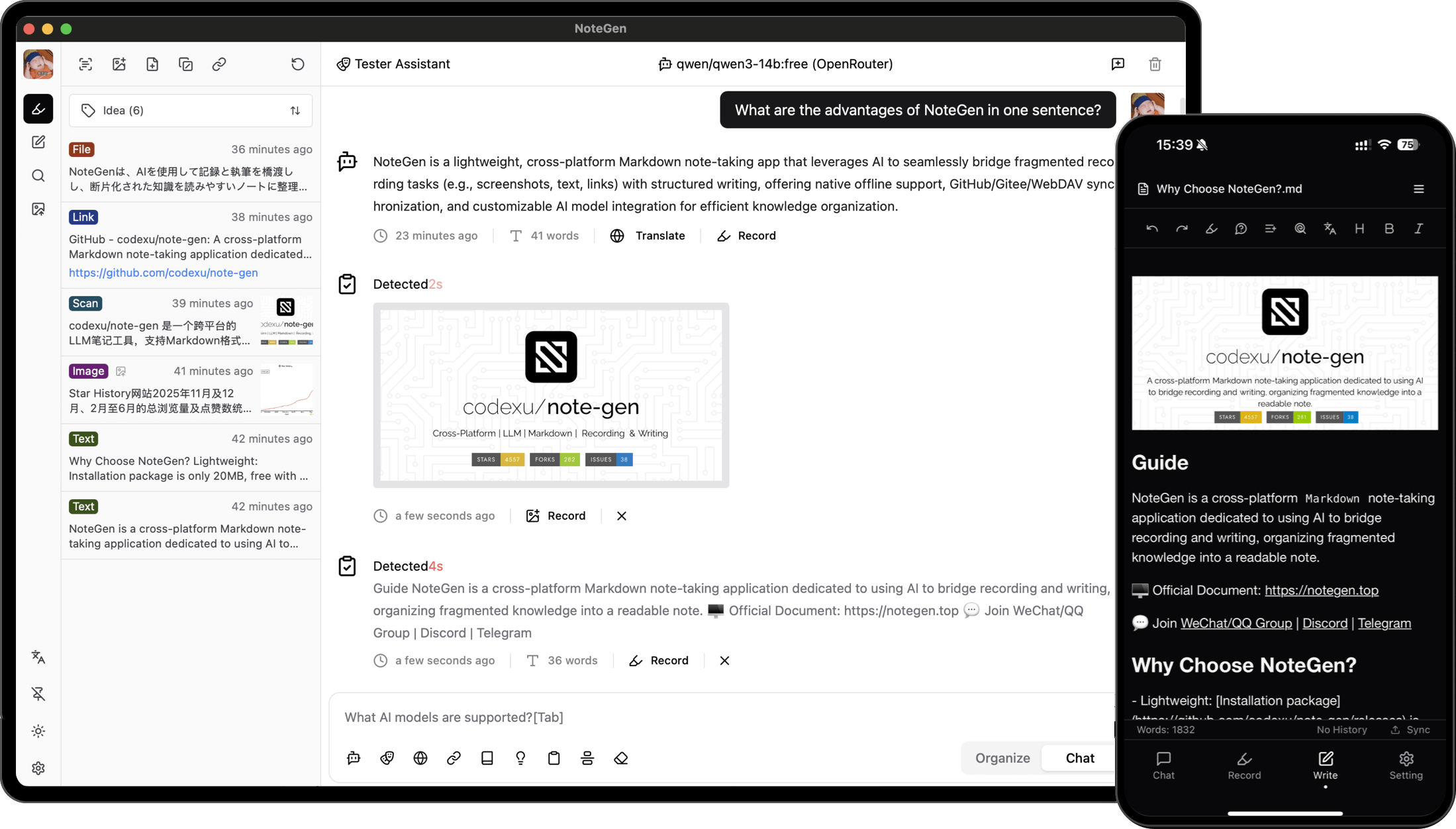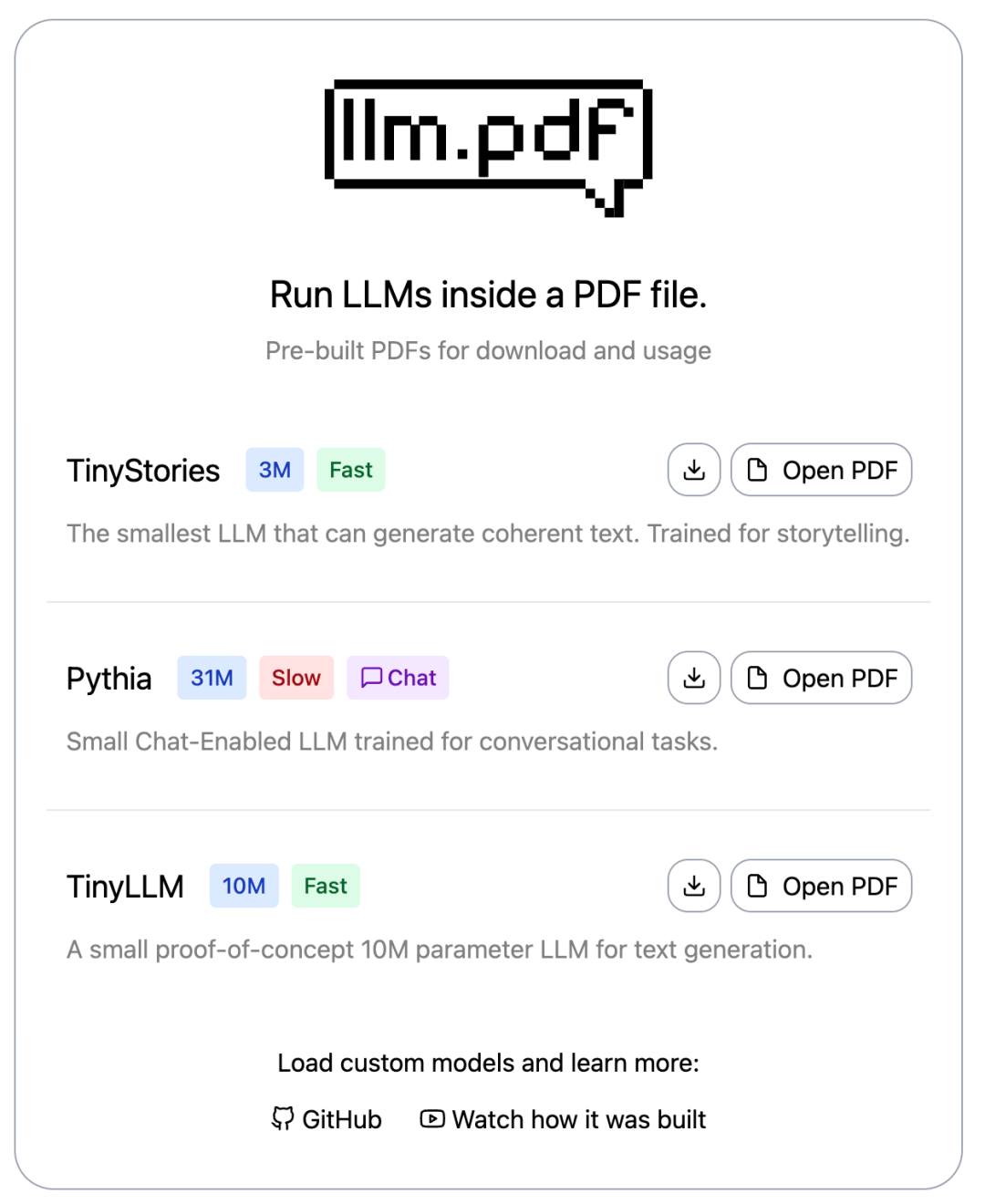What is Veo 3?
Veo 3 is the latest generation of video generation models introduced by Google at the I/O Developer Conference. It is Google’s first model capable of generating not only high-quality visuals but also realistic background audio effects. Veo 3 can synthesize visual scenes and add contextual sounds—such as birds chirping or city traffic noise—while also generating human dialogue. The model excels in physical simulation and lip-syncing, with characters’ lip movements in the video aligning perfectly with the generated speech.
Veo 3 is capable of producing high-resolution 1080p video with impressive detail, lighting accuracy, and reduced visual artifacts. It supports the generation of video clips longer than 60 seconds and can produce content in a variety of visual styles tailored to different creative needs. Currently, Veo 3 is available only to Gemini Ultra users in the U.S. and to enterprise users on Vertex AI. It has also been integrated into Google’s AI filmmaking tool, Flow.

Key Features of Veo 3
-
Audio and Dialogue Generation:
Veo 3 is the first Google model that can generate synchronized background audio and spoken dialogue alongside the video. It automatically adds ambient soundscapes (e.g., birds, street scenes) and generates realistic character conversations. -
Physical Simulation and Lip Syncing:
The model demonstrates strong capabilities in physical behavior simulation and accurate lip-syncing, ensuring that generated dialogue aligns precisely with mouth movements. -
High-Quality Video Output:
Veo 3 can produce 1080p videos with excellent visual fidelity, including fine detail, accurate lighting, and minimal artifacts. -
Extended Clip Duration:
It supports video generation of over 60 seconds, allowing for longer narratives and more complex scenes. -
Diverse Visual Styles:
Veo 3 supports various visual aesthetics and can adapt to a wide range of creative or stylistic demands. -
Multimodal Input Support:
Veo 3 can understand and process different types of input including text, images, and video, enabling richer video synthesis.
Technical Foundations of Veo 3
-
Built on Advanced Generative Models:
Veo 3 builds upon a lineage of advanced generative models such as Generative Query Network (GQN), DVD-GAN, Imagen-Video, Phenaki, WALT, VideoPoet, and Lumiere. These models form the backbone of Veo 3’s video generation capabilities. -
Transformer Architecture:
Veo 3 utilizes a Transformer-based architecture. Its self-attention mechanism allows it to capture nuances in user text prompts and translate them into coherent, contextually rich video outputs. -
Integration with Gemini Model Technology:
Veo 3 integrates technologies from the Gemini model family, bringing advanced visual understanding and deep learning capabilities that enhance video synthesis. -
High-Fidelity Video Latents:
The model uses compressed latent video representations that retain key details with a lower data footprint, improving both generation quality and efficiency. -
Multimodal Data Training:
Veo 3 is trained on multimodal datasets encompassing visual, audio, and text data. This enables it to generate videos that accurately reflect the semantics and tone of the input descriptions.
Project URL
-
Official Website: https://deepmind.google/models/veo/
Application Scenarios of Veo 3
-
Film and Video Production:
Veo 3 provides powerful tools for filmmakers, animators, and content creators. It can generate dramatic scenes with immersive ambient audio and multilingual character dialogue, streamlining the creative process. -
Advertising and Marketing:
Veo 3 is ideal for creating high-quality marketing and advertising videos. Brands can use it to quickly produce engaging content, cutting down on production time and cost. -
Education and Training:
Veo 3 can be used to create educational content that features vivid scenes and interactive dialogues, making learning more engaging and effective.
Related Posts


![FLUX.1 Krea [dev] – An open-source text-to-image model co-developed by Black Forest and Krea AI](https://altools.ai/wp-content/uploads/2025/08/1754112746-banner1.jpg)

